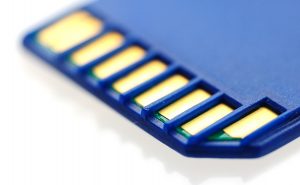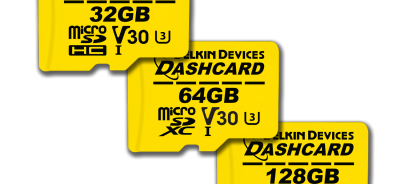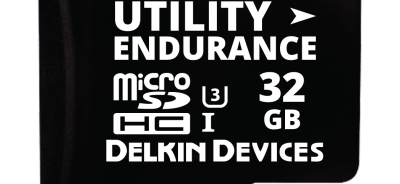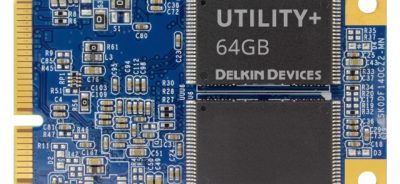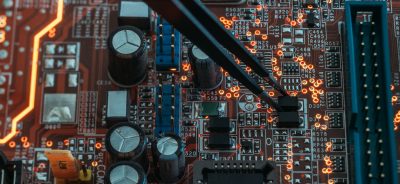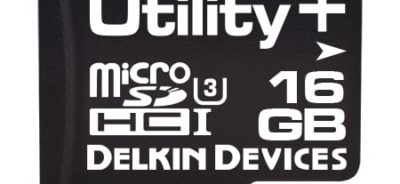What Is 3D NAND Flash?
Most NAND flash drives are designed with planar NAND technology—in other words, the cells are arranged in a 2D format. This design is effective, but it has some limitations and challenges. The introduction of 3D NAND flash changes that. 3D NAND flash can be used in both commercial and industrial applications in the same way that planar NAND flash is, often with some advantages. As with all forms of NAND flash, 3D NAND flash offers lower latency rates and better application performance than both hard disk drives and tape. Take a closer look at how 3D NAND flash compares to planar, 2D NAND and some of the advantages of the 3D flash design.
What is the difference between 3D and planar NAND?
The difference between 3D NAND flash and planar, or 2D, NAND is the design of the NAND itself. With planar NAND, all of the cells that store data are placed next to each other on the surface of the card. The size of the card dictates how many cells can be used, and by extension, how much storage the card can provide. 3D NAND flash, as the name suggests, moves away from the planar design, allowing the cells to be stacked on top of each other. Stacking the cells means that the number of cells isn’t constrained by the horizontal space available on the cell surface.
How much additional memory can 3D NAND provide?
The answer to this question depends largely on the flash drive itself and how many cells are added during the layering process. However, the difference in storage can be significant. Many designers who use 3D NAND flash are able to leave plenty of room for expanding storage needs in their device, thanks to the increased capacity of the layered cells.
Are there other advantages?
3D NAND can often be more cost-effective for large storage needs, since stacking the cells allows manufacturers to bring down the cost per gigabyte. 3D NAND also helps to reduce power consumption by flash drives and offers better data write performance.
In addition, 3D NAND cuts back on the cell-to-cell interference that sometimes happens with high-capacity planar NAND storage. As planar NAND engineers shrink cells to fit more of them on a device, the interference between them grows. 3D NAND solves this problem.
Is 3D NAND flash the right storage solution for your industrial application? Talk to a Delkin product team member today about your storage concerns to find out more.
Contact
 Login
Login Register
Register


